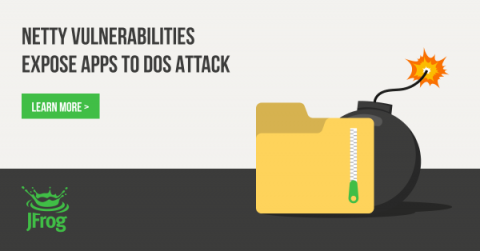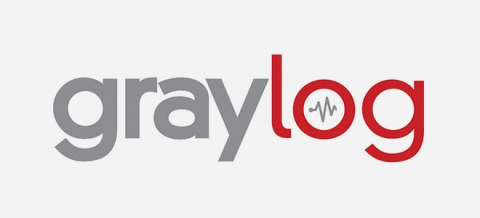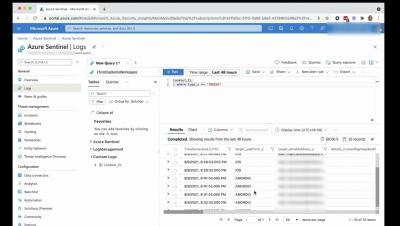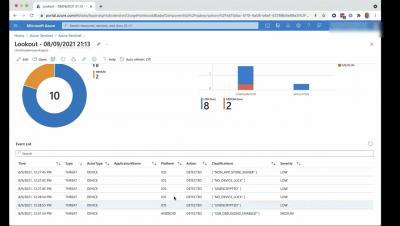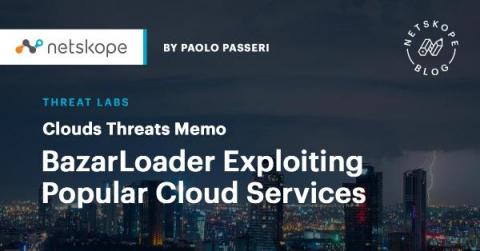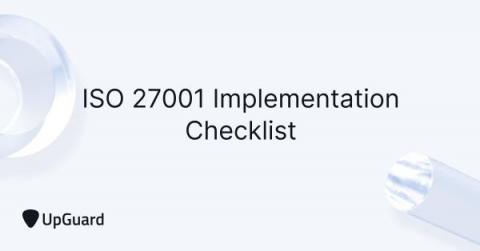CVE-2021-37136 & CVE-2021-37137 - Denial of Service (DoS) in Netty's Decompressors
The JFrog Security research team has recently disclosed two denial of service issues (CVE-2021-37136, CVE-2021-37137) in Netty, a popular client/server framework which enables quick and easy development of network applications such as protocol servers and clients. In this post we will elaborate on one of the issues – CVE-2021-37136.


